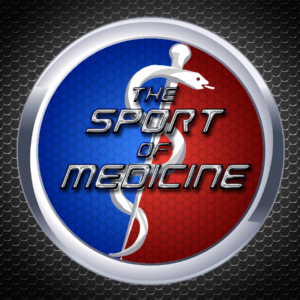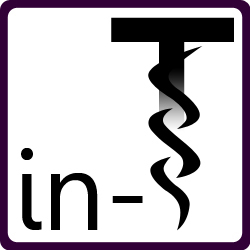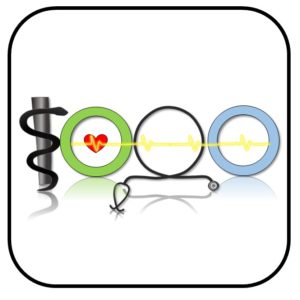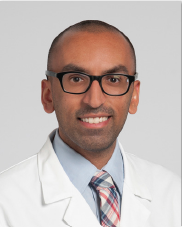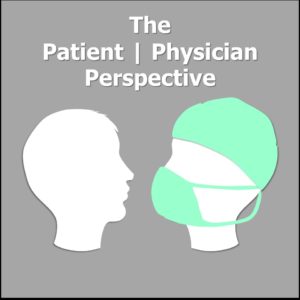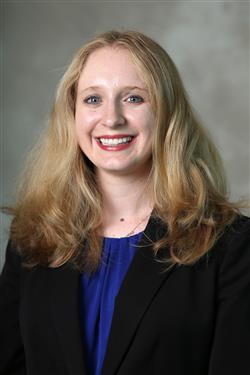On Pleasures and Terrors
Medical school is terrifying. This is not something I feel like I am supposed to admit — or let alone feel — because it conveys insecurity. For all the learning we compress into our days as students, we operate in a constant state of not knowing. Perhaps paradoxically so, uncertainty itself seems to be guiding us down the path laid before us. It is as if we are walking with our hands stretched out in front of us, groping in darkness. Every day, we face the unfamiliar, not just in terms of knowledge, but also the larger questions of whether we are turning down roads that feel true to us.




